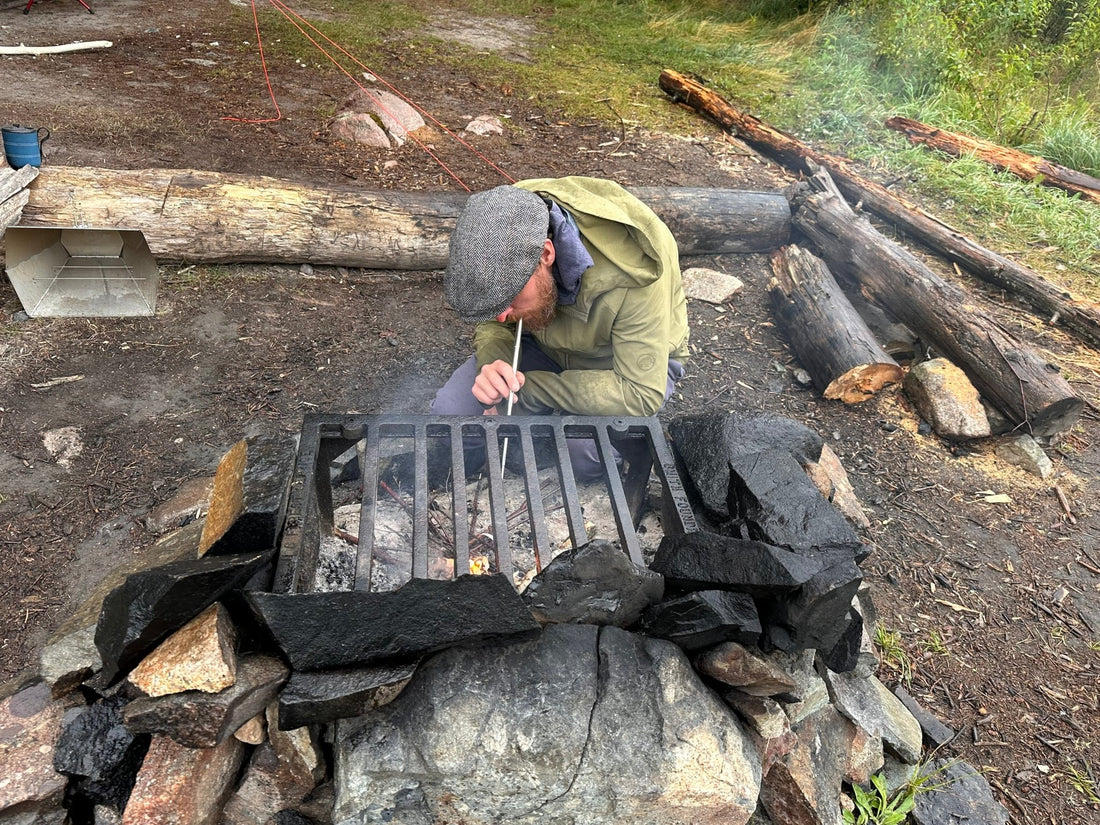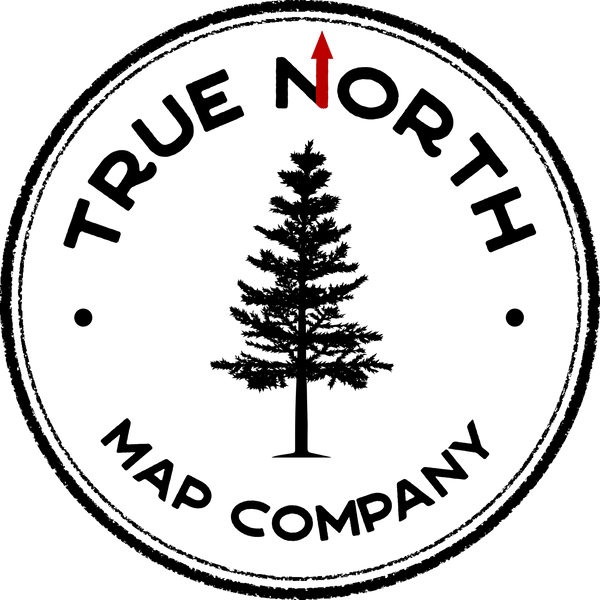
Campfire Etiquette in the Boundary Waters Canoe Area: A Guide to Safe and Responsible Fires
Jerod ArlichShare
The Boundary Waters Canoe Area (BWCA) offers a pristine wilderness experience like no other, and few things enhance a camping trip more than a cozy campfire. However, with the privilege of enjoying a fire comes the responsibility to maintain safety and respect the environment. In this post, we’ll cover the essentials of campfire etiquette in the BWCA, including safety tips, responsible wood gathering, useful tools like a pocket bellows, and how to ensure your fire is completely out before leaving camp.
1. Campfire Safety in the BWCA
Safety should be your top priority when building and managing a campfire. Here’s how to minimize risks:
• Use Designated Fire Grates: In the BWCA, campfires are only allowed in designated fire grates. These grates are placed in safe locations and help contain the fire, reducing the risk of wildfires.
• Check Fire Restrictions: Before starting a fire, always check for any fire restrictions or bans in place. These are often due to dry conditions and are crucial for preventing forest fires.
• Choose the Right Spot: If you’re in an area with no fire grate (which is rare in the BWCA), choose a safe location for your fire. It should be on bare rock or gravel, away from overhanging branches, dry leaves, or other flammable materials.
• Keep It Small: A small, controlled fire is safer and easier to manage. Avoid building large bonfires that could get out of control.
2. Responsible Wood Gathering
Gathering wood in the BWCA requires a mindful approach to protect the ecosystem:
• Use Dead and Down Wood: Only collect wood that is dead and already on the ground. Cutting live trees or branches is not allowed and harms the environment. Small branches and twigs are perfect for kindling.
• Gather Away from Campsites: Avoid depleting the area around your campsite. Walk a little further to find wood, ensuring that the campsite remains well-stocked for future campers.
• Size Matters: Gather wood that is small enough to break by hand or cut with a small hand saw. Larger logs are not only difficult to burn thoroughly but also unnecessary for a small campfire.
3. Tools for a Better Campfire Experience
Having the right tools can make your campfire experience safer and more enjoyable:
• Fire Starter: Carry a reliable fire starter, such as waterproof matches, a lighter, or a fire steel. Having a dependable way to start your fire is crucial, especially in damp conditions.
• Hand Saw: A compact, folding hand saw is ideal for cutting larger pieces of wood down to size. It’s more efficient and safer than trying to break larger branches by hand.
• Pocket Bellows: A pocket bellows is a handy tool that helps you control the airflow to your fire. By directing air precisely where it’s needed, you can start a fire faster, keep it burning efficiently, and reduce smoke. It’s especially useful when dealing with damp wood or low-quality kindling.
4. Ensuring Your Fire is Completely Out
One of the most important aspects of campfire etiquette is ensuring your fire is completely out before you leave. This prevents accidental wildfires and protects the wilderness:
• Let It Burn Down: Allow the fire to naturally burn down to ashes. Larger logs should be broken up to burn completely.
• Drown the Fire: Pour water over the fire until the hissing stops. Make sure to cover all embers and coals, not just the visible flames. Stir the ashes with a stick to expose any remaining hot spots and pour water over them as well.
• Feel for Heat: After you’ve doused the fire with water, use the back of your hand to feel for any remaining heat. The area should be cool to the touch. If it’s still warm, continue adding water and stirring until it’s completely cool.
Conclusion
Practicing good campfire etiquette in the Boundary Waters Canoe Area is essential for your safety and the preservation of this beautiful wilderness. By following these guidelines—focusing on safety, gathering wood responsibly, using the right tools, and ensuring your fire is fully extinguished—you’ll help protect the BWCA for future adventurers.
Remember, every camper has a role to play in maintaining the beauty and safety of the BWCA. With a little care and respect, you can enjoy a warm, crackling fire while leaving no trace behind. Happy camping!
